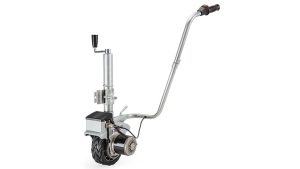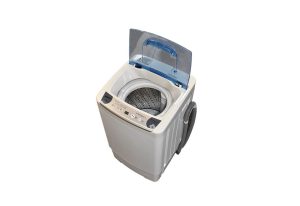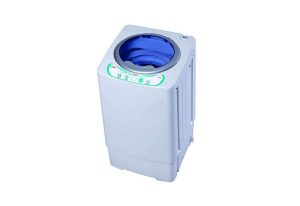Personal Locator Beacons, or PLBs, are small, handheld devices that can be used to signal for help in case of an emergency. These devices can be a lifesaver for hikers, campers, and boaters who find themselves lost or in danger. In this article, we will explore how a personal locator beacon works.
What is a Personal Locator Beacon?
A Personal Locator Beacon is a small, battery-powered device that transmits a distress signal via satellite to rescue authorities. These devices are often used in the outdoors by hikers, campers, and boaters who may find themselves in an emergency situation.
PLBs are designed to be easy to use and can be activated with a single button. When activated, the PLB sends a signal via satellite to a network of rescue authorities. These authorities can then use the signal to locate the individual in distress and coordinate a rescue.
How Does a Personal Locator Beacon Work?
Personal Locator Beacons work by transmitting a distress signal via satellite to rescue authorities. When the beacon is activated, it sends a signal to a network of satellites orbiting the earth. These satellites then relay the signal to a ground station, which forwards the signal to a rescue coordination center.
Once the rescue coordination center receives the distress signal, they will begin the process of coordinating a rescue. This process typically involves using the signal from the PLB to determine the location of the individual in distress. Once the location is determined, rescue authorities will be dispatched to the area to provide assistance.
PLBs use a specific frequency to transmit their distress signal, known as the 406 MHz frequency. This frequency is monitored by a network of satellites and rescue authorities around the world. PLBs also transmit a secondary signal on the 121.5 MHz frequency, which can be used by rescue authorities to locate the individual in distress once they are in the area.
PLBs are designed to be rugged and durable, with the ability to withstand extreme temperatures, water exposure, and impact. They are also designed to be easy to carry, with most models weighing less than a pound and fitting easily into a backpack or pocket.
When to Use a Personal Locator Beacon
Personal Locator Beacons should be used in case of an emergency when other forms of communication have failed. They are designed to be used as a last resort and should not be used for non-emergency situations. PLBs should only be activated in situations where there is a risk of loss of life or serious injury.
PLBs are most commonly used in the outdoors by hikers, campers, and boaters. They can be used to signal for help in case of an injury, getting lost, or encountering other dangerous situations.
It’s important to note that PLBs are not a substitute for proper planning and preparation when venturing into the outdoors. Individuals should always plan their routes, carry appropriate gear and supplies, and notify others of their plans before heading out into the wilderness.
PLB Registration
It’s important to register your Personal Locator Beacon with the appropriate authorities before using it in the outdoors. This registration process involves providing information about yourself and your PLB, such as your name, contact information, and the serial number of your device.
Registering your PLB can help rescue authorities quickly locate you in an emergency situation. It also ensures that your information is up to date and accurate, which can help prevent false alarms and unnecessary rescue operations.
Conclusion
Personal Locator Beacons are an important tool for outdoor enthusiasts who may find themselves in an emergency situation. These devices work by transmitting a distress signal via satellite to rescue authorities, who can then coordinate a rescue operation. While PLBs can be a lifesaver in an emergency, they should only be used as a last resort when other forms of communication have failed. It’s important to properly plan and prepare before venturing into the outdoors and to register your PLB with the appropriate authorities. With the right precautions and equipment, you can safely enjoy all the great experiences that the great outdoors has to offer.






